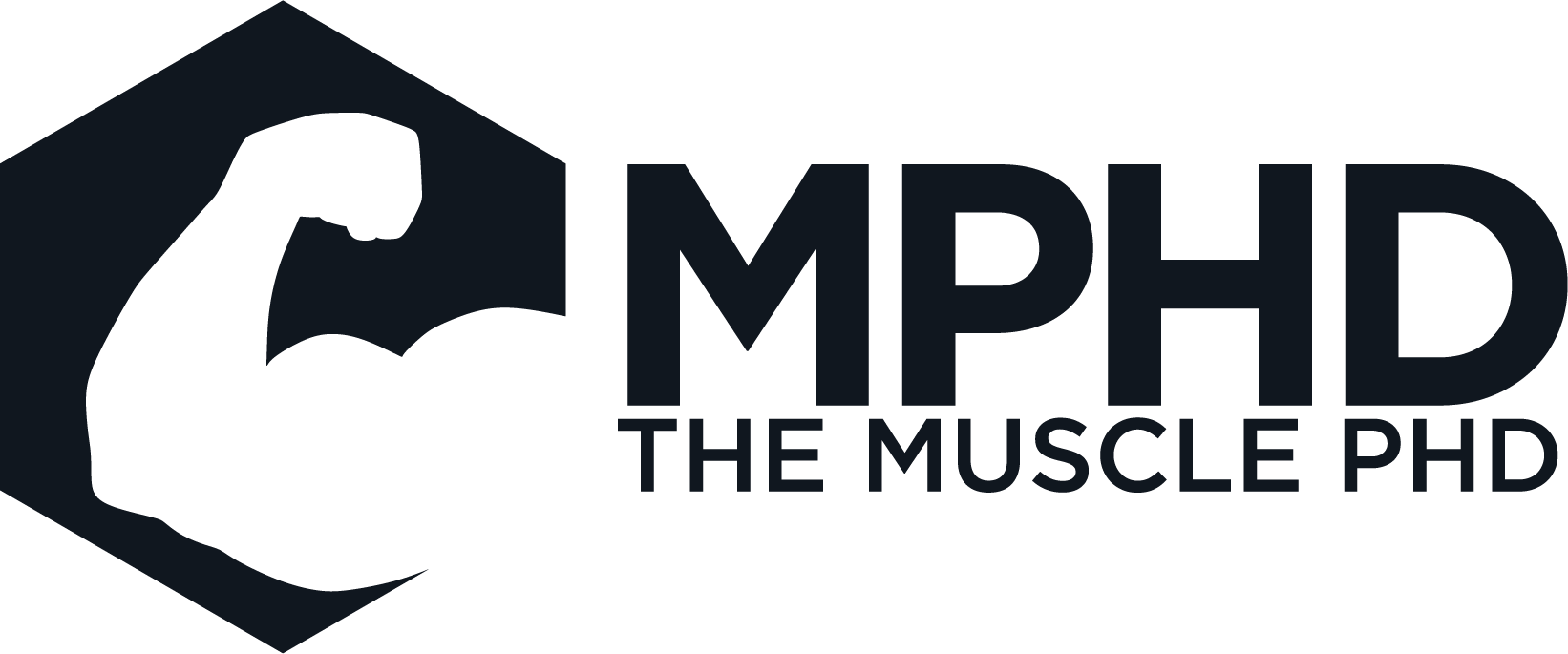Unlike powerlifters, bodybuilders aren’t very interested in taking a certain weight from point A upwards to point B. What we are interested in is making more gains, and one of the ways we can do that is by increasing our training frequency.
This article isn’t going to cover “DUH!” inducing tips such as increasing the number of reps, or adding an extra set to your exercises. Of course these techniques are going to increase your training frequency.
But what if you’ve already tried those things? This article is going to cover the top 3 ways you can immediately boost your training volume. No need to prepare for them, just go to the weight room and start using these tricks.
1. Use the Sequencing Method
The first technique we’ll cover is called the sequencing method, and it’s actually a great way to indirectly increase your training volume. It makes a lot of sense once you think about the logic behind it. However, a lot of athletes miss that simple point.
Say you’re doing 16 sets of back, 4 sets of pull-ups, 4 sets of lat pulldowns, then 4 sets of bend-over rows, then 4 sets of seated cable rows. That’s the sequence you’d probably follow if you were training your back that day.

The problem is, that’s an unoptimized method that will cause you to get fatigued by the time you’re in your second exercise, which means you’ll be decreasing your training frequency, rather than increasing it.
That’s because by following that sequence you’re hyper-focusing on every plan of motion individually, which will inevitably cause fatigue. What the sequencing method relies on is alternating the planes of motion that you’re training in.
If you did pullups followed by pulldowns, you’d be super fatigued and unable to get as many reps in your lat pulldowns. However, if you switch planes to the bent-over rows exercise, you’ll be able to get more reps in than if you did them after the lat pulldowns, and subsequently be able to do more reps with the lat pulldowns than if you did the exercise after doing your initial pull-ups.
Sounds too convoluted? It’s actually pretty simple.
Instead of doing 4 sets of pullups followed by 4 sets of pulldowns, do 4 sets of pullups, then 4 sets of the bent-over rows, then switch to 4 sets of lat pulldowns, then 4 sets of seated rows.
While you’re still focusing on hitting your back muscles, you’ve alternated the planes of motion that you’re training in, avoiding fatiguing your muscle and increasing your training frequency just by switching some of your exercises around.
2. Use the Active Recovery Technique
The next trick you can do to increase your training frequency is to take advantage of a technique called active recovery. Essentially, if you’ve done a set of squats and you just sit down on a bench and huff and puff for your rest period, that’s called passive recovery.
Passive recovery won’t really help you all that much, and you’re really missing out on something that’ll help a lot in terms of increasing your training frequency. Instead of just sitting around, you should start pacing around the gym during your rest period. That’s called low-intensity active recovery.
Studies show that if you practice passive recovery instead of active recovery you could increase your training volume–meaning the number of reps you can get per set–anywhere from 5% to 15%. That’s just by walking around at a somewhat brisk pace rather than sitting down.
If that sounds far-fetched, here’s the explanation: When you’re pacing briskly and using active recovery during your rest periods, you’re clearing out metabolites and lactic acid, and you’re actively circulating blood up to the heart, which allows your muscles to perform a lot better.
However, you need to be careful with active recovery. Notice that we specified “low” intensity active recovery. That’s because you should never do high or moderate active recovery if you’re looking to increase training frequency.
High-intensity or moderate intensity active recovery would involve doing that same set of squats, then going and jogging on the treadmill. That will give you the opposite of the results you’re looking for, as it will build metabolites in the muscle and lower your training point.
3. Hydrate Before the Gym

This might sound like a no-brainer to some of you, but you need to stay hydrated in order to increase your training frequency. If you think that you already knew this tip and that you already do that, we’ve got some shocking news for you.
A recent study that came out shows that over 70% of people who walk into the gym are dehydrated walking in. That’s a huge problem simply because studies also show that your training volume is affected by this.
Strength, endurance, and even hypertrophy can all drop anywhere from 5-10% just because you’re dehydrated. That’s why you should never be dehydrated when you go to workout (and preferably, you should never be dehydrated).
Here’s a simple and easy way to know if you’re hydrated. No, don’t measure it by if you drank 8 glasses of water that day. You just need to know that when you pee, your urine should be light-colored like lemonade–that’s when you know you’ve drank enough water to stay hydrated. Just by drinking enough water, you can add 5-10% to your training volume every workout.
We hope this article helped you understand the top 3 ways you can increase your training frequency. We’ll see you again in the next article!









